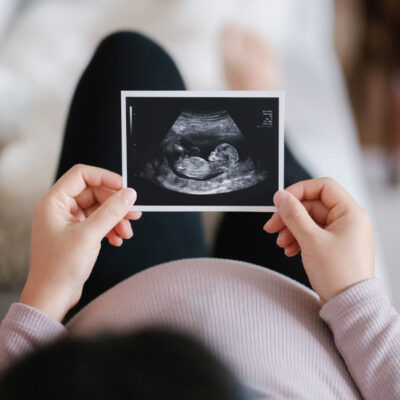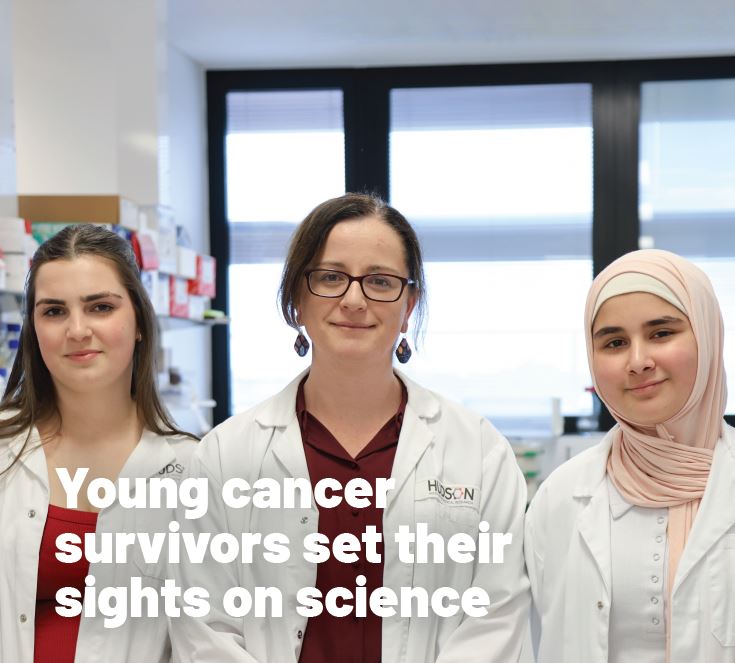Stillbirth causes investigated
By Hudson Institute communications
Understanding and preventing stillbirth will be the focus of world-first research led by Hudson Institute scientist Dr Miranda Davies-Tuck, who has been awarded $84 000 from Stillbirth Foundation Australia.
The research will investigate the endometrial environment in women who experience a preterm birth or preterm stillbirth, the first time such research has been conducted.
“Preventing stillbirths in the preterm period, when the majority occur, is a challenge,” Dr Miranda Davies-Tuck said. “Most research to date focuses on the placenta and ignores the critical steps that occur prior to the placenta forming, at the time of conception. Until recently, scientists have been in the dark about these events and their potential contribution to preterm stillbirth.”
Dr Davies-Tuck said the work aims to uncover novel early drivers of stillbirth and possible early targets for therapies to optimise the implantation microenvironment or support fetal development.
The research is a new collaboration with Professor Caroline Gargett‘s Endometrial Stem Cell Biology Research group.

The Endometrial Environment: A New Target to Understand and Prevent Preterm Stillbirth. The Nadia Project.
Dr Miranda Davies-Tuck
The majority of babies who are stillborn are born preterm. Unfortunately, the prevention of preterm stillbirth remains a challenge due to a lack of understanding of the underlying mechanisms, and consequently, a lack of available therapies or interventions. Much work is focused on understanding the role of the placenta in stillbirth, ignoring the critical steps that occur prior to the placenta forming – those at the time of conception. Until recently we have been in the dark about these events and their potential contribution to preterm stillbirth.
This study will be the first to describe the endometrial environment in women who experience a preterm birth or preterm stillbirth using a novel, minimally invasive sampling of menstrual fluid, thus shining a light on this previously hidden process.
Menstrual fluid contains tissue fragments, cells, and proteins that reflect the endometrium at the time of implantation, providing an easily accessible and measurable window to the conception environment.
This work will uncover novel early drivers of stillbirth and possible early targets for therapies to optimise the implantation microenvironment or support fetal development. This study will reveal the foundation of placental issues, opening up completely new directions in stillbirth research and prevention.
Contact us
Hudson Institute communications
t: + 61 3 8572 2761
e: communications@hudson.org.au
About Hudson Institute
Hudson Institute’ s research programs deliver in three areas of medical need – inflammation, cancer, women’s and newborn health. More
Hudson News
Get the inside view on discoveries and patient stories
“Thank you Hudson Institute researchers. Your work brings such hope to all women with ovarian cancer knowing that potentially women in the future won't have to go through what we have!”





